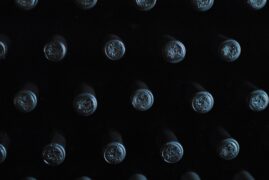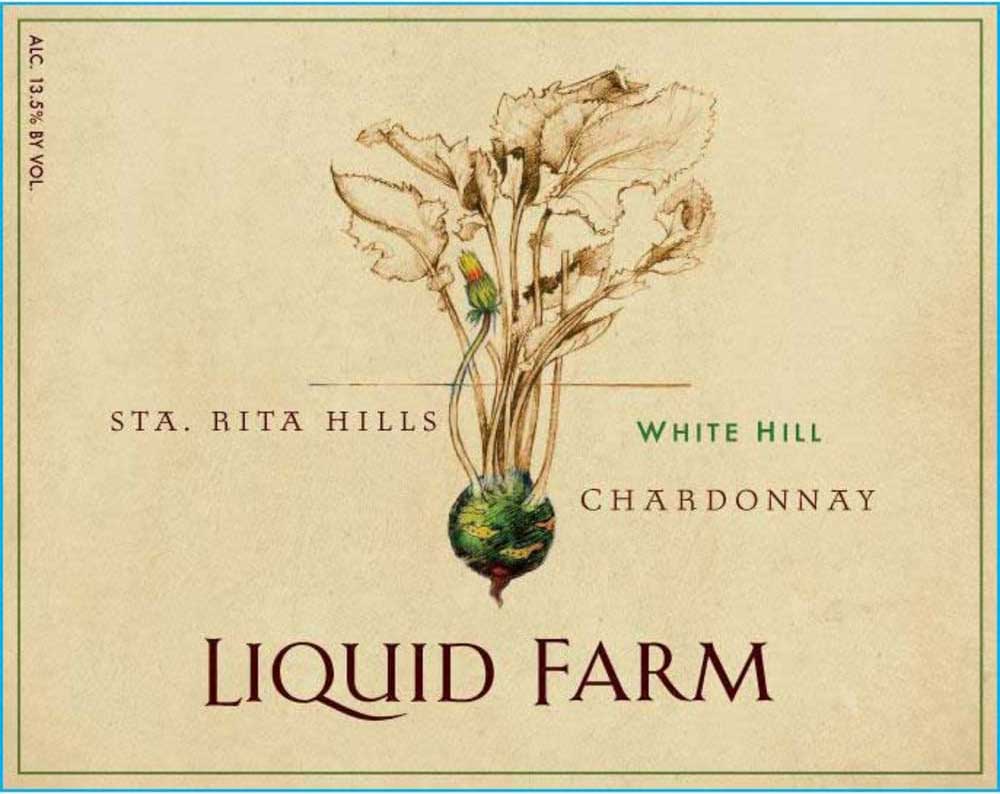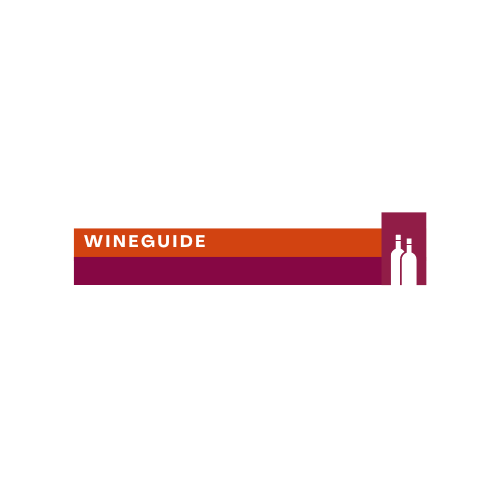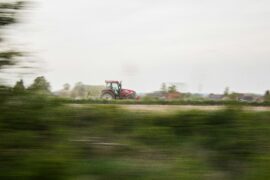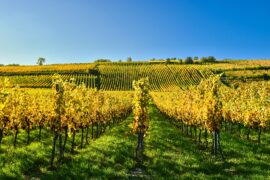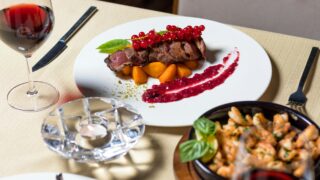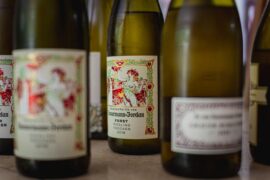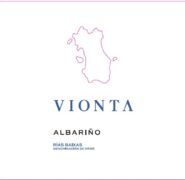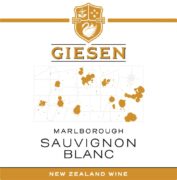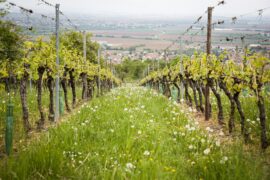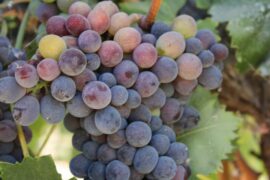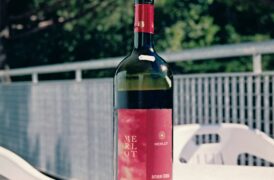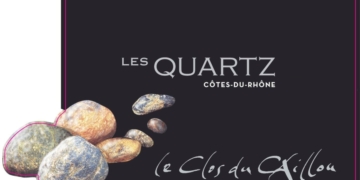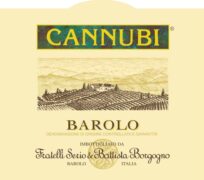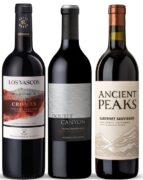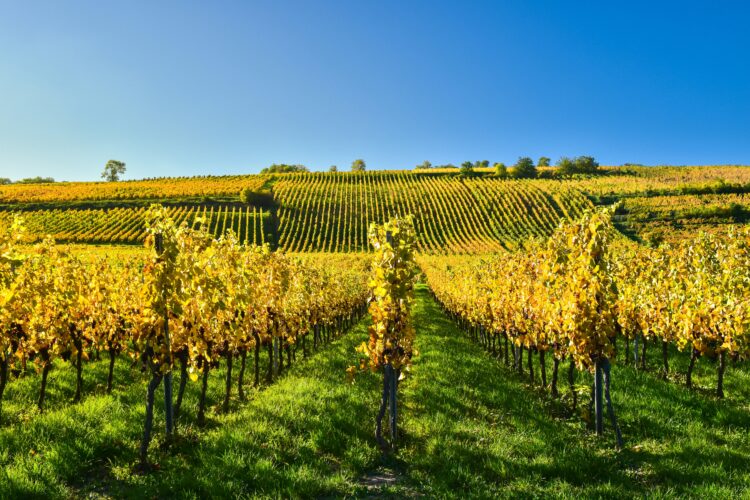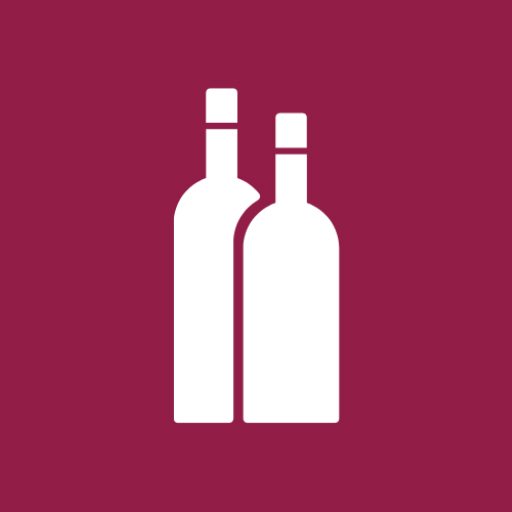Some Alsace wine producers are feeling squeezed out of the market by neighboring regions searching for affordable grapes. “Burgundy and Jura producers are coming to Alsace with cash in hand, paying sums for Pinot Noir grapes that local growers just can’t compete with,” lamented Thomas Larmoyer, a young winemaker from Alsace who produces terroir-focused wines under the label Soil Therapy in Soultzmatt.
Larmoyer, who works with both purchased grapes and his own vineyards, expressed frustration at being priced out of Pinot Noir. “I won’t attempt to buy Pinot Noir in Alsace again because of the price speculation. Burgundy producers leaving their region to purchase grapes at exorbitant prices are making it impossible for locals to compete,” he said.
He pointed to several prominent Burgundy and Jura winemakers who have launched négoce (merchant) businesses to produce wines labeled under the flexible Vin de France designation, which permits grape sourcing from anywhere in the country.
Jean-François Ganevat, a celebrated Jura winemaker, is among those purchasing Pinot Noir from Alsace for wines like Les Collines des Dames. Operating his négoce business from Jura, Ganevat is part of a trend that has sparked tensions within the natural wine community, as Burgundy and Jura winemakers seek grapes outside their home regions due to rising prices and poor local harvests. Burgundy négoce stars like Théo Dancer and Tino Kuban have also drawn criticism from Larmoyer for leveraging their Burgundy reputations to produce wines with grapes sourced elsewhere.
This grape demand is fueled by high prices for Pinot Noir, exacerbated by challenging harvests in the Jura and Burgundy. For example, Pinot Noir yields in Burgundy were halved this year, and the Jura has faced several poor vintages in recent years. Still, some Alsace producers downplay the impact, arguing that the overall volume of grapes sold to outside regions remains relatively small.
Alsace’s Evolution
Traditionally known for its exceptional still white wines—Riesling, Pinot Gris, and sparkling Crémant d’Alsace—Alsace has seen Pinot Noir plantings rise by 30% over the last two decades, now comprising 13% of the region’s vineyard area. This shift reflects changing consumer preferences and climate conditions.
Recent developments highlight Pinot Noir’s growing status in Alsace. France’s INAO appellation body approved the Vorbourg Pinot Noir Grand Cru appellation in southern Alsace this year, following the designation of two other Pinot Noir Grand Crus in 2022. Meanwhile, the region is also exploring new grape varieties like Syrah and Nebbiolo, which are expected to gain official recognition in 2025 as part of a broader climate adaptation strategy.
Julien Boehler, president of the Alsace Young Winemakers Association, confirmed plans to include these varieties, along with disease-resistant grapes, in the AOC Alsace appellation framework by 2025.
Veteran winemaker Olivier Humbrecht MW of Domaine Zind-Humbrecht noted potential challenges for Pinot Noir in Alsace’s warming climate, including elevated sugar levels that may result in overly ripe wines. His estate has already started experimenting with alternative varieties, such as Nebbiolo, to adapt to these changes.
Despite such shifts, Humbrecht emphasized that Alsace’s core identity remains intact. “The DNA of Alsace wines, with their pronounced intensity and acidity, is unchanged. What’s evolving is the personality of the wines,” he said.
As the region adapts to market pressures and climate changes, Alsace continues to balance its storied winemaking traditions with an eye toward the future.

